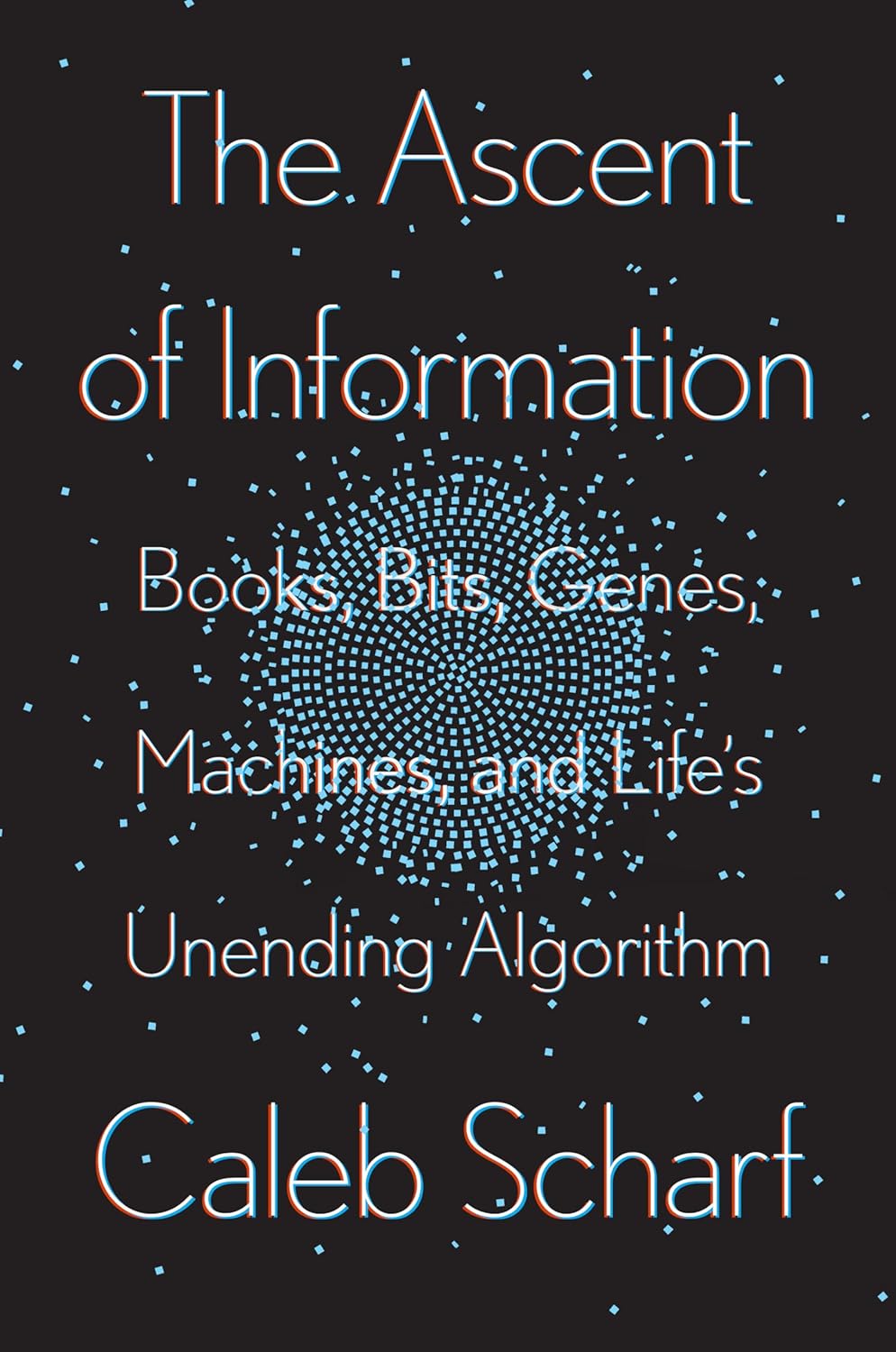For a time, punch cards were a dominating force in humanity’s dataome. That’s what I’ve come to call the mass of data humanity creates and carries, other than our genes—everything from the plays of Shakespeare to the memories held in the neurons of your brain. This is one of the most peculiar and possibly unique features of humans: We carry vast amounts of information externally to our biological forms. That data not only reflects humanity’s actions, but drives them as well. And for a while, the 20th century dataome was drowning in punch cards.
In World War II the cryptographers working at Bletchley Park in England would routinely use about 2 million punch cards a week to store their decryptions of Nazi communications. But that wasn’t the peak: That came in 1967, at which point the U.S. alone consumed approximately 200 billion cards per year. By then punch cards were also the common medium for programming and interrogating fully digital computers.
Extremely critical tasks like the core programming of NASA’s Apollo Project’s Guidance Computer, whose design was overseen by the computer scientist Margaret Hamilton as director of software engineering at MIT’s Instrumentation Laboratory, were transposed onto IBM paper punch cards. This process was entirely standard routine for software development. A programmer would write code by hand on special coding sheets—preformatted forms. Those coding sheets would then be converted into physical punch cards using a keypunch machine, essentially a typewriter attached to a powered machine equipped to punch the holes in the cards. Often this procedure would take place twice, where a second human operator would punch the cards again in a verifier machine that compared this new set with the first to catch any errors. Finally, the cards would be fed to a card‑reading machine that would convert the holes to electrical signals, physically compiling the data into the electronic computer.
All of this meant that using a computer was a physical chore—from making the cards to carrying a stack of them to the card reader and waiting your turn to program the computer. In software parlance this was a batch‑mode process with you as a part of the batch. And as with all of our books and printed materials, punch cards also represented a significant energy burden. Factoring in the paper production, the transport, the machines, and the human effort, it’s likely that in the late 1960s an equivalent of somewhere between 1 percent and 10 percent of the national coal burning energy budget in the U.S. was going into the production and use of punch cards.
